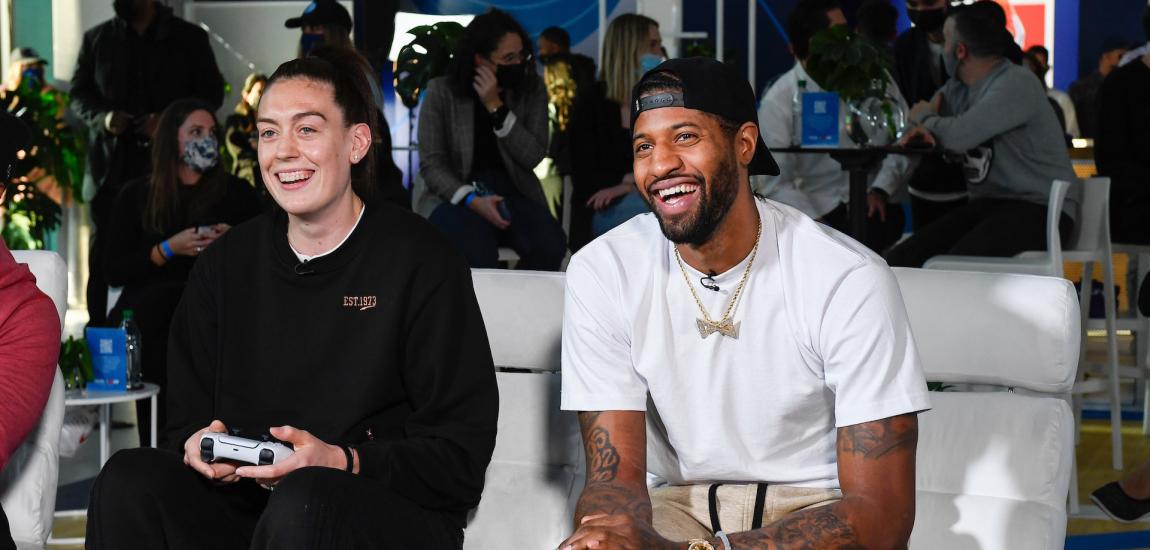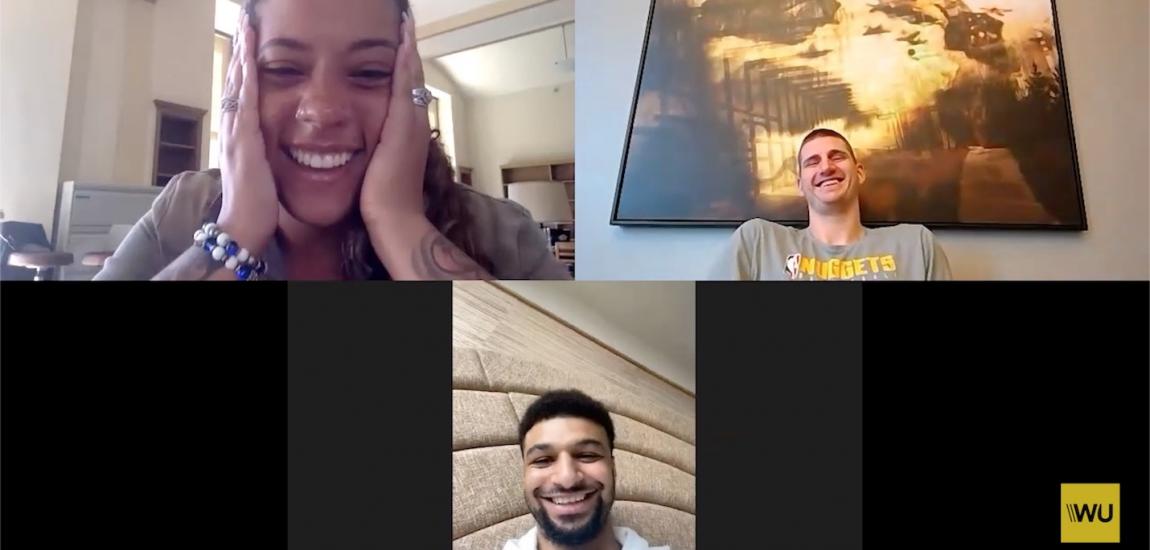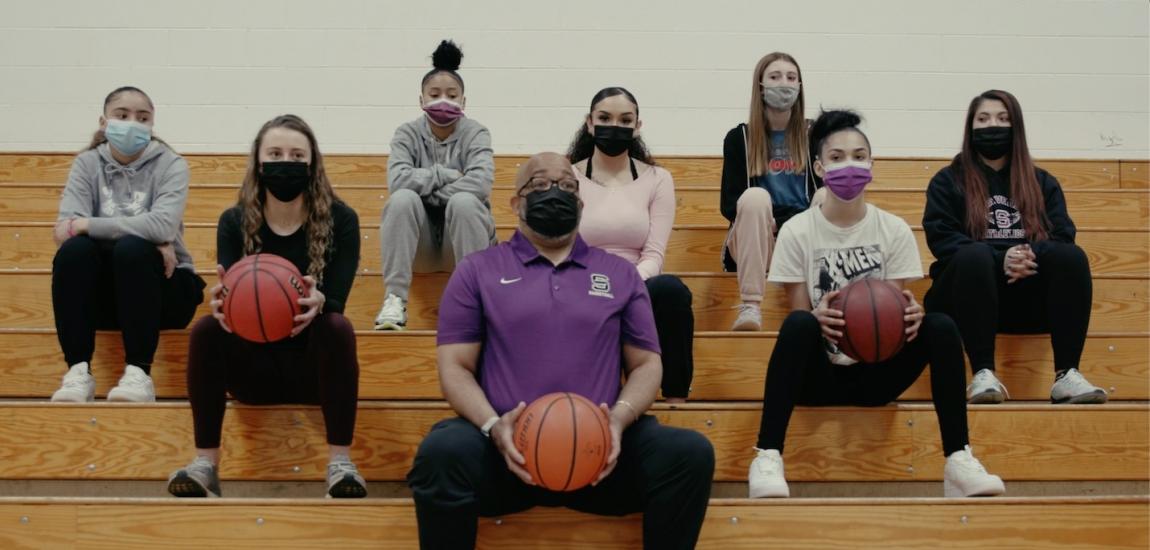Since the decision to include professional players was made before the 1992 Olympics, the U.S. has seen a number of its American-born, NBA stars go on to represent the country. Yet despite a tradition beginning with the Dream Team, quite a few notable American players have failed to be a part of the Summer Games. Today we take a look at the biggest omissions from Team USA in the past twenty years.
To be eligible for this list, a player must simply have been active in the NBA since the 1991-’92 season. No other criteria matters. So without further ado, here is our Top 5.

No. 5 Dennis Rodman
Best Chance: 1996 Olympics
Before you scoff at this notion, take a closer look at Rodman’s resume:
- 5x NBA champion
- 2x All-Star
- 2x Defensive Player of the Year
- 7x All-Defensive First Team selection
While the ’96 roster was loaded, you could make the case that Rodman, still in his prime as a player, was more deserving of spot than Anfernee Hardaway (Two All-Star selections at that point) and Grant Hill (also two). His tenacious rebounding and suffocating defense would have meshed well with a roster lacking a true “grit” guy.
The problem, as one could easily speculate, is that Hardaway was becoming one of the NBA’s most marketable stars while Hill has been one of the league’s model citizens his entire career. Both those things are a far cry from the volatile Rodman, whose off-court antics no doubt factored into a possible selection. But make no mistake about it, he is easily one of the most talented players never to see a Summer Olympics.
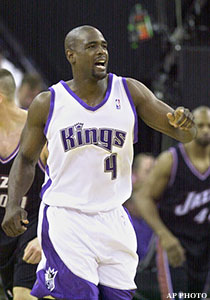
No. 4 Chris Webber
Best Chance: 2000 Olympics
Despite Webber’s undeniably productive career, he really had only one great shot at an Olympic roster. Too young in ’96 and dealing with the ramifications of a serious knee injury in 2004, Webber should have been a no-brainer for the 2000 team. Instead of Webber, the U.S. chose Vin Baker, Shareef Abdur-Rahim and Antonio McDyess. All those players combined for only one more All-Star appearance (6) than Webber had by himself (5).
In all fairness, Webber had only one of those selections under his belt by 2000 but was still coming off a year where he averaged 24.5 ppg and 10.5 rbg. The season after the 2000 games, Webber responded by upping those season averages of 27.1 and 11.1 en route to the first of four straight All-Star berths. In hindsight, the U.S. certainly made a mistake not letting C-Webb represent the country in Sydney games.
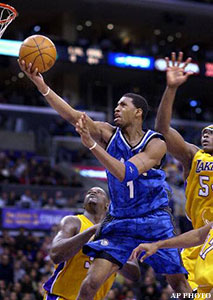
No. 3 Tracy McGrady
Best Chance: 2004
Given how devastatingly effective McGrady was in his peak years, you could make the case he should be higher on this list. In fact, with a bit more luck, McGrady could have possibly appeared on all three teams from 2000 to 2008.
Leading up to the 2000 Olympics in Sydney, McGrady wasn’t quite T-Mac yet. During that year, a 21-year-old McGrady, then playing second fiddle to Vince Carter in Toronto, only started 34 games. It wasn’t until the next season that he blew up. In 2000-’01, McGrady averaged 26.8ppg, 7.5 rpg and 4.6 apg, numbers that put him on the radar and foreshadowed a run of seven straight All-Star selections.
In 2004, McGrady at his peak, was a lock to make the roster but backed out due in large part to his wedding that summer. His inclusion alone on that team could have altered the U.S.’s fate and perhaps changed the course of history in international competitions considering the fallout from the debacle in Athens. In 2008, due to the disappointing run of form for USA Basketball, the powers that be asked players to make three-year commitments in the hopes of developing continuity in the national team program. McGrady never committed and that, in combination with off-season surgery to fix shoulder and knee ailments, saw him left off the Redeem Team, as well.
In the end, the timing never fit with his production or personal agenda, costing him a shot to don the Red, White and Blue in the Summer Games.
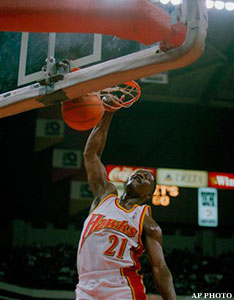
No. 2 Dominique Wilkins
Best Chance: 1992
Wilkins' story is just a horrible case of luck. Professionals weren’t allowed to compete in the Olympics until 1992 (as stated in the criteria for this list) and by the time the ’96 team was being formed, Wilkins was long removed from his days as the “Human Highlight Film.”
It seems odd to say that a player like Dominique Wilkins, in his prime, no less, in 1992, wasn’t “good enough” to make any particular basketball roster. Yet in the end, only the Dream Team could have said “no thanks” to a nine-time All-Star and Naismith Memorial Hall of Fame member.
The highlights certainly could have been even more absurd with Wilkins in the mix in Barcelona, but then again, did they need to be? And that's how the superstar got left out in the cold.

No. 1 Isiah Thomas
Best Chance: 1992
Love him or hate him, the fact remains that Thomas could flat-out ball. A 12-time All-Star with a host of other awards to his name, Thomas was famously left off the Dream Team roster. A torn Achilles ended his career in 1994, thus making a last-ditch hope for the ’96 team impossible (although his deteriorating game would have kept him off anyway).
His only hope was playing in Barcelona. Perhaps John Stockton really was better. Or perhaps his frosty relationship with Jordan really did keep him off the team. Either way, Thomas will go down as the best player never to represent the U.S. in the Olympics since professionals were allowed.
-- Brett Koremenos is the Editor at NBA Playbook and a contributor to Hoopspeak. Follow him on Twitter.
Popular Stories On ThePostGame:
-- The Truth Is Out There: Which Sports Conspiracy Can You Believe?
-- Ranking The USA Olympic Teams Since 1992
-- Rugby Player Displays Incredible Strength
-- Growing Vocal Acceptance For Gay NFL Players


